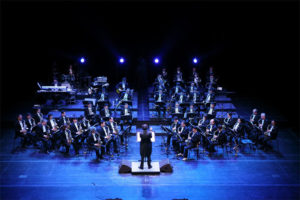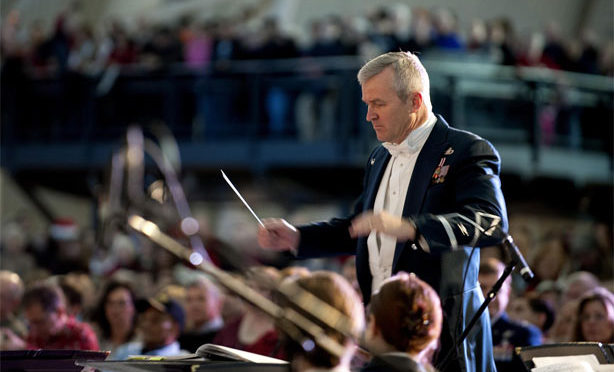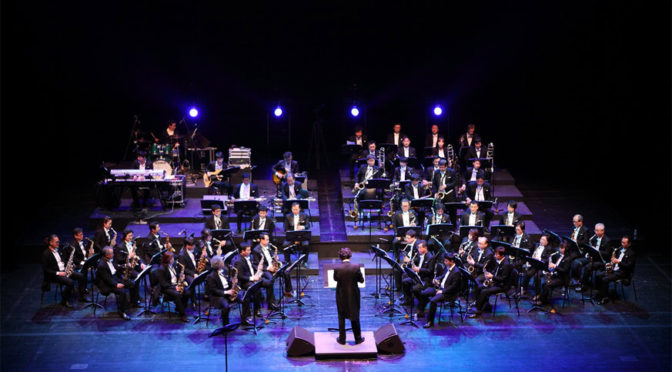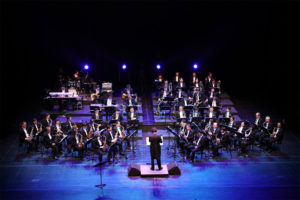by Barbara Owens, AFM International Representative Midwest Territory, and Negotiator
 Being part of a negotiating team is time-consuming, challenging, exhausting, and rewarding. When the interpersonal dynamics work (both on our side and on management’s), the energy created as the team begins to reach agreement can be a tremendous catalyst for bringing the negotiations to completion.
Being part of a negotiating team is time-consuming, challenging, exhausting, and rewarding. When the interpersonal dynamics work (both on our side and on management’s), the energy created as the team begins to reach agreement can be a tremendous catalyst for bringing the negotiations to completion.
A negotiating team is made up of diverse individuals coming together with the common goal of negotiating an agreement. It’s the responsibility of the group, and its leader(s), to bring out the best in each team member. In the orchestra world, we are already used to being a part of the group in our “day job” (playing in the orchestra), so it is familiar energy to be working within the group setting. Just as musicians each have a unique way of articulating a musical phrase, each negotiating team member has a unique way of expressing themselves. By listening and employing nonjudgmental feedback, we can use our familiarity with our colleagues to our advantage, even if we do not agree with them all the time.
Every team member brings unique strengths to the table. If you are a team leader—committee chair, sub-committee expert, or union leader—you have an additional opportunity to manage the strengths of individual team members and create an environment that supports effective communication and problem solving.
Listening is a critical part of what we do as musicians and also what we do as negotiating team members. In negotiations, people hearing the same information will often have different interpretations and memory retention. If you played the “telephone game” as a child, you will remember the confusion when the story was passed from one person to another, and then finally revealed at the end. Not only was the final story often completely different than the initial telling, but frequently, there were forgotten or even new details.
Your mind and imagination have a tendency to fill in the gaps when you hear information that is not clearly understood. It is critical that your team clarify every confusing detail in real-time, as the negotiations move along, both internally and with management, if necessary. Saving questions for late in the negotiations causes confusion, and may erode any goodwill that has been established between musicians and management.
Ultimately, an agreement is achieved through successful teamwork on both sides and across the table. Although we may naturally revert to our traditional musician/management roles at the conclusion of the negotiations, the lessons we learn from negotiation teamwork can establish a framework of effective communication and cooperation for the life of the agreement.









 by Frank Gulino, Berenzweig Leonard, LLP and member of Local 161-710 (Washington, DC)
by Frank Gulino, Berenzweig Leonard, LLP and member of Local 161-710 (Washington, DC)



